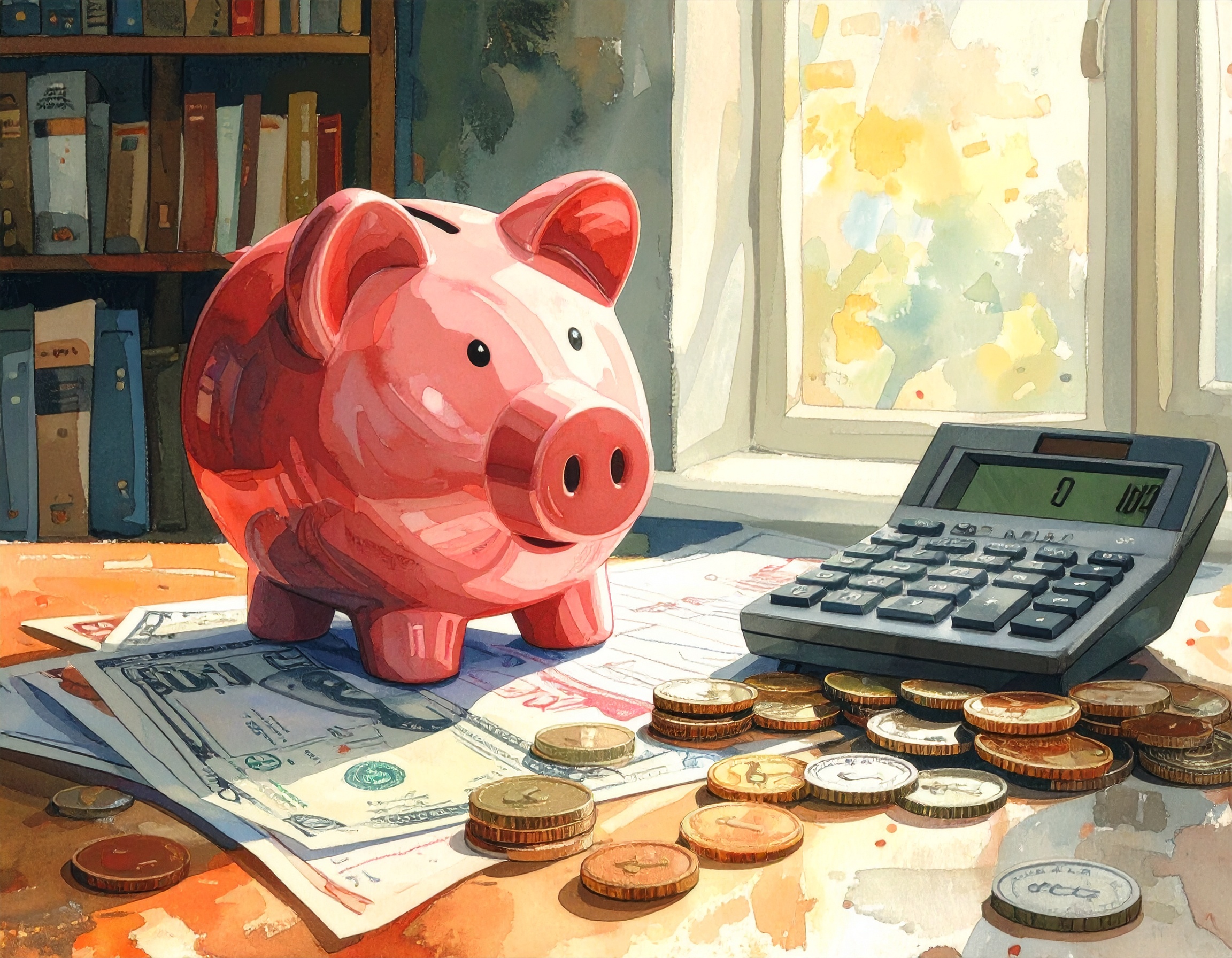
At Wise-Wallet, personal finance is a journey.
Read MoreCorrect! Nice Work!
Using a simplified percentage calculation to estimate tax liability trains the core arithmetic needed for practical tax planning. In the example, taxable income of $75,000 multiplied by a practice rate of 12% yields $9,000 of estimated tax. While real systems typically use progressive brackets, the product-of-income-and-rate framework remains the intuitive starting point for cash-flow planning: estimate taxable income, choose a conservative effective rate, and compute tentative liability. This approach is useful for freelancers, those expecting bonuses, or people considering withholding adjustments because it produces quick, defensible ballpark amounts to compare against withholding and estimated payments.
Once you have a practice estimate, compare it to year-to-date withholding and any quarterly payments. If your projected liability exceeds what’s been withheld, increase withholding or make an estimated payment to avoid penalties. Remember that real liability can be altered by credits, additional taxes (self-employment tax), and deductions that vary by taxpayer; treat simplified estimates as starting points. Maintain a short worksheet that you update periodically through the year — this makes the process iterative and reduces the chance of year-end surprises. For large or complex cases, refine the estimate with tax tables or professional input.
By Quiz Coins
Paper money experiments began in China and by the Song dynasty (around the 11th century) paper currency was widely used.

Pick cards to match your life: cashback for simplicity, travel cards for frequent flyers who use perks, and balance-transfer cards to crush debt — then automate, pay in full, and track value.
Read More
Build a simple, automatic emergency fund by choosing a target, automating transfers, and using low-effort saving hacks — no spreadsheets required.
Read More